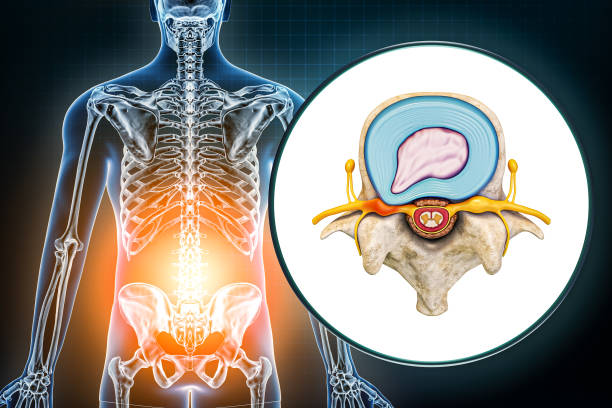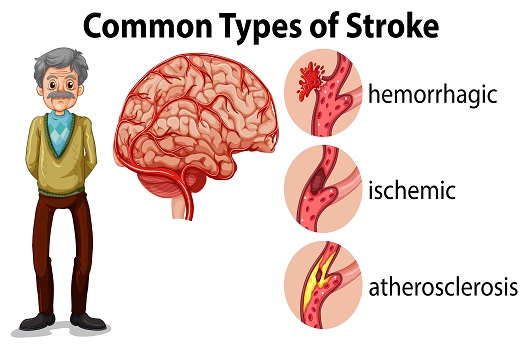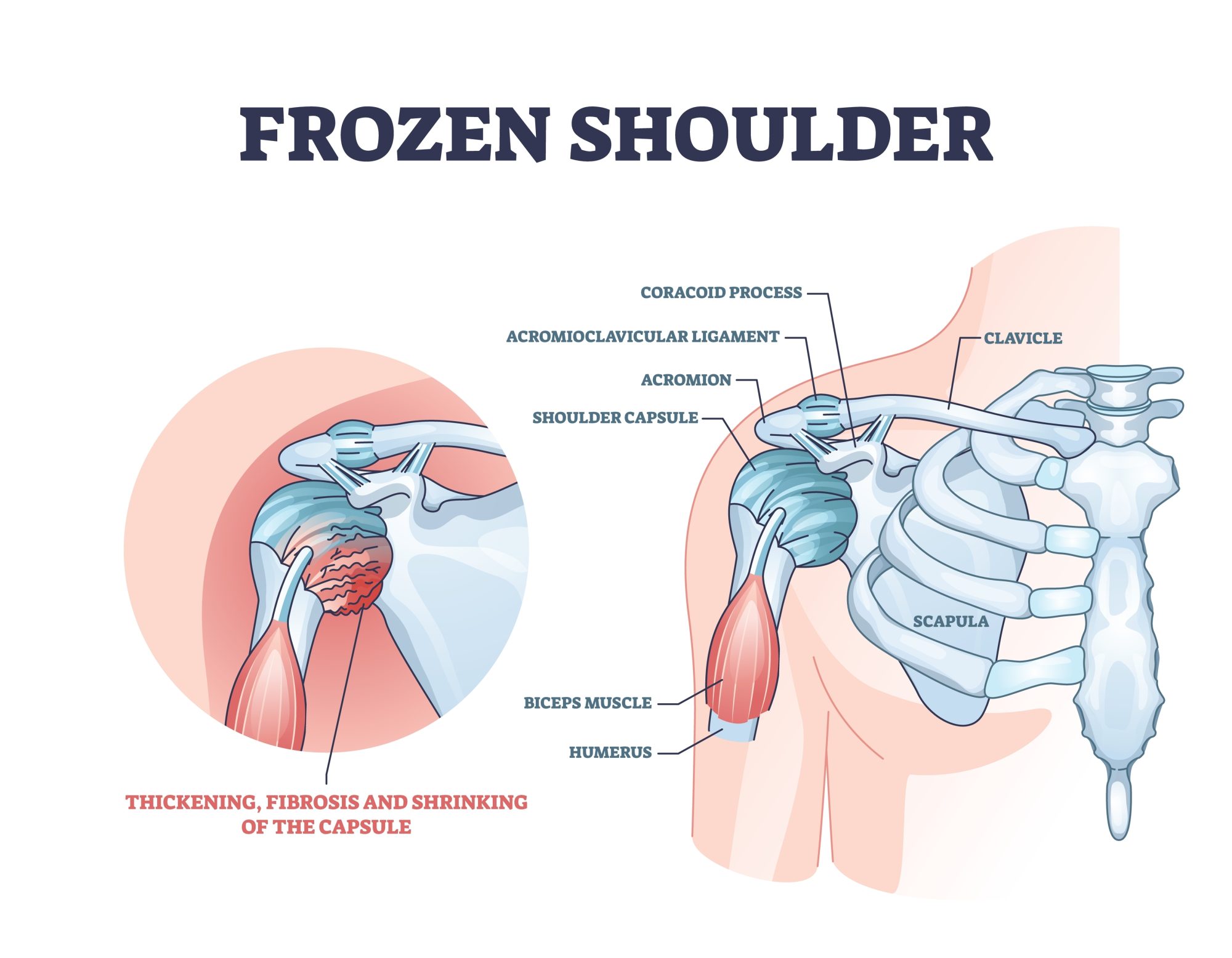
Back Pain
Back pain is a very common problem and will affect many of us at some point during our lives.The good news is that in most cases it isn’t a serious problem, and it might just be caused by a simple strain to a muscle or ligament. As far as possible, it’s best to continue with your normal everyday activities as soon as you can and to keep moving.
Being active and exercising won’t make your back pain worse, even if you have a bit of pain and discomfort at first. Staying active will help you get better. Taking painkillers can help you do this.
Back pain is a common condition that affects people of all ages and can range from a dull, constant ache to a sudden, sharp pain. It can occur in the upper, middle, or lower back and is often categorized by its duration as acute (short-term), subacute, or chronic (long-term).
Causes and Risk Factors
Common Causes:
- Muscle or Ligament Strain: Lifting heavy objects improperly, sudden movements, or awkward postures can strain muscles and ligaments.
- Herniated or Bulging Discs: Discs act as cushions between vertebrae. When these discs bulge or rupture, they can press on nerves.
- Degenerative Disc Disease: Discs naturally wear down over time, reducing their effectiveness as cushions.
- Arthritis: Osteoarthritis can affect the spine, leading to narrowed spaces around the spinal cord (spinal stenosis).
- Skeletal Irregularities: Conditions such as scoliosis, which is a curvature of the spine, can cause back pain.
- Osteoporosis: Weakened bones can lead to vertebral fractures and pain.
Risk Factors:
- Age: Back pain becomes more common with age, especially after 30 or 40.
- Lack of Exercise: Weak, unused muscles in the back and abdomen can lead to back pain.
- Excess Weight: Carrying extra weight puts additional stress on the back.
- Diseases: Some diseases, such as cancer and arthritis, can contribute to back pain.
- Improper Lifting: Using the back instead of the legs for lifting can cause injury.
- Psychological Conditions: People prone to depression and anxiety appear to have a greater risk of back pain.
- Smoking: Smoking reduces blood flow to the spine and increases the risk of osteoporosis.
Symptoms
- Muscle Ache: A general discomfort in the back muscles.
- Shooting or Stabbing Pain: Sudden, sharp pain that may radiate down the legs.
- Pain that Worsens with Bending, Lifting, Standing, or Walking: Common in conditions like sciatica.
- Pain that Improves with Reclining: Often indicative of structural problems in the spine.
Diagnosis
Diagnosis typically involves:
- Medical History and Physical Exam: Understanding symptoms, previous conditions, and performing physical tests to assess mobility and pain points.
- Imaging Tests: X-rays, MRIs, and CT scans to identify structural problems, disc issues, or bone abnormalities.
- Bone Scans and Nerve Studies: Occasionally used to look for bone disorders or nerve problems.
Treatment
Treatment depends on the cause and severity of the pain and can range from self-care and medications to surgery.
Non-Surgical Treatments
- Medications: Over-the-counter pain relievers like NSAIDs (ibuprofen, naproxen), muscle relaxants, and in some cases, prescription medications.
- Physical Therapy: Exercises to strengthen back muscles, improve posture, and enhance flexibility.
- Lifestyle Modifications: Weight loss, regular physical activity, and ergonomic adjustments at work.
- Alternative Therapies: Chiropractic care, acupuncture, massage, and yoga.
- Injections: Cortisone injections can reduce inflammation around the nerve roots.
Surgical Treatments
Surgery is usually considered a last resort when other treatments fail, and if there is persistent pain, nerve compression, or structural issues like herniated discs or spinal stenosis.
- Discectomy: Removing part of a disc to relieve nerve pressure.
- Laminectomy: Removing part of the vertebra to ease pressure on the spinal cord or nerves.
- Fusion: Joining two or more vertebrae together to stabilize the spine.
Prevention
Preventing back pain involves maintaining a healthy lifestyle and practicing good body mechanics:
- Regular Exercise: Strengthening the core muscles that support the back.
- Healthy Weight: Reducing stress on the spine.
- Proper Lifting Techniques: Using legs instead of the back to lift heavy objects.
- Good Posture: Sitting and standing properly to reduce strain on the back.
- Ergonomic Workspace: Ensuring that workstations are set up to support good posture and reduce strain.





